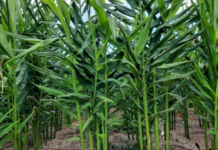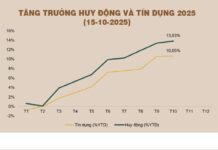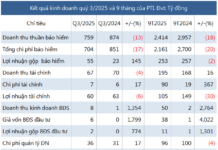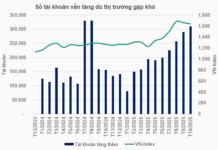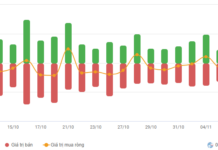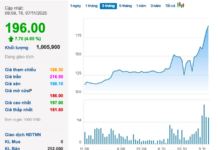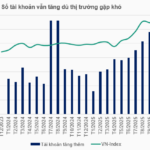
Illustrative image
Market data reveals that Russia’s immediate crude oil supply to India remains unchanged. Russian oil delivered to Dubai is currently priced at a discount of $2-3 per barrel relative to the benchmark, according to Anuj Jain, the chief financial officer of Indian Oil Corp (IOC), India’s top refiner.
India has emerged as Russia’s largest buyer of seaborne oil, following the retreat of Europe and the US from this market since 2022. New Delhi has taken advantage of the discounted supply to reduce domestic energy costs, despite pressure from Washington. The US has imposed high tariffs on Indian exports in response to the country’s continued purchase of Russian oil, but the government of Prime Minister Narendra Modi remains steadfast in its pursuit of the price advantage.
According to LSEG data, Russian oil exports to India nearly halved in August to approximately 686,850 barrels per day, down from 1.34 million barrels per day in July. This decrease is attributed to temporary pauses in purchases by state-owned refineries due to narrowing discounts. However, IOC has indicated that it has resumed buying for October and November.
“We have never stopped importing Russian oil, we have bought for October, November,” affirmed Jain on the sidelines of the APPEC energy conference in Singapore.
Jain explained that IOC had to reduce the volume of oil imported from Russia due to high inventory levels in the country. “The purchase volume decreased because our inventory is high, so we also want to optimize our inventory. That’s one of the main factors,” he shared regarding the reason for the reduced import volume.
Meanwhile, Russia’s “shadow fleet” of tankers continues to grow despite Western measures aimed at curbing the country’s oil exports. This fleet operates outside of international control, often with transponders turned off, inadequate insurance, and obscured identities. As a result, Russia is able to transport oil to key markets such as China, India, and several Southern Hemisphere countries. It is estimated that around 70% of the fleet’s oil volume passes through the Baltic Sea.
Saad Rahim, chief economist at Trafigura, noted that these vessels have become a crucial tool, enabling Moscow to maintain oil revenue streams despite Western restrictions. He emphasized that while the fleet’s growth slowed in 2025, Russia consistently replaces blacklisted vessels with new ones, ensuring uninterrupted exports.
Trade Minister: 2025 Trade Volume Set to Break Records
Let me know if you would like me to tweak it further or provide additional ideas!
The Ministry of Industry and Trade forecasts a remarkable milestone for Vietnam’s trade this year, with expectations of reaching a record-breaking $800 billion in import and export turnover. This unprecedented achievement surpasses the $786 billion mark set in 2024, showcasing the country’s thriving economic landscape and promising future prospects.
Samsung’s 2 Billion Milestone: 16 Years of Investment in Vietnam
Since its inaugural foray into Vietnam in 2008, the Korean chaebol has relentlessly expanded its production capabilities, touting impressive business credentials and a steadfast commitment to growth.

